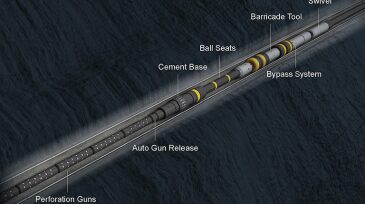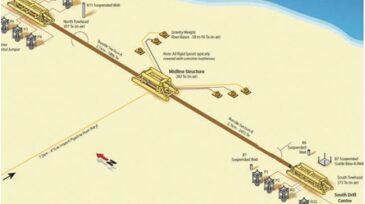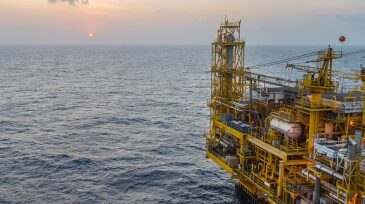plugging and abandonment
-
Archer’s Stronghold Barricade well decommissioning system leaves the casing in place, while perforating, washing, and cementing the annulus to create a cement barrier in a single trip.
-
A new downhole-tool-based abandonment system was developed and deployed successfully on four wells for a major operator on a field in the North Sea.
-
The complete paper describes how various P&A designs can be compared by use of a risk methodology that takes account of degradation mechanisms, potential flow rates, and the effect on the environment.
-
This paper presents full-scale tests that show it is possible to obtain good cement placement when the tubing is left in the hole.
-
As the boom of the 1970s and 1980s makes way for the first tranche of major decommissioning projects, the market for abandonment and decommissioning has grown over the past 5 years. To deliver these projects in a safe and economic way, decommissioning needs to be accepted as a serious challenge.
-
This paper describes how an exploration-and-production company successfully developed and applied a qualitative risk-based abandonment-prioritization strategy for an inventory of inactive subsea wells.
-
DNV GL is introducing a new, risk-based recommended practice for performing and qualifying well abandonments titled DNVGL-RP-E103, Risk-Based Abandonment of Offshore Wells.
-
Many of the platforms in the North Sea are late in life, operating long past their initial design expectations due to costly life-extension work. Decommissioning has moved slowly, but the low price environment is likely to accelerate the trend.
-
This paper presents current advances in the development of a plasma-based milling tool and its use in casing-section milling for P&A.
-
With a high demand for plug and abandonment (P&A) of subsea wells in the future on the Norwegian continental shelf, industry is challenged to find alternatives and rigless technologies that can make P&A operation more cost-effective and -efficient.










